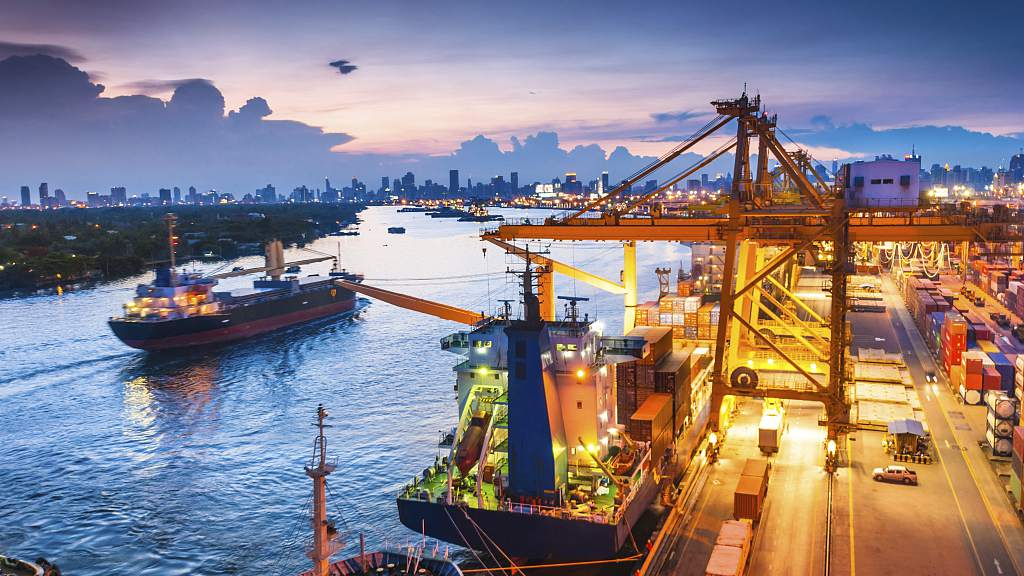

Trade relations between the world's top two economies have been a source of major uncertainty during the first half of 2019. With Chinese President Xi Jinping and his counterpart Donald Trump set to meet at the G20 summit in Osaka at the weekend, the market is hopeful for renewed China-U.S. trade talks.
Analysts say the two presidents may delay further escalation of the tariff war while negotiations continue.
"China has the strength and patience to withstand the trade war, and will fight to the end if the U.S. administration persists." That was the word over the weekend from China's state newspaper People's Daily. The paper also said that the U.S. must drop all tariffs imposed on China if it wants to negotiate on trade.

VCG Photo
Ryan Patel, a senior fellow at Drucker School of Management at Claremont Graduate University, thinks that getting a deal would be a win-win economically, echoing the mainstream view that the trade war harms both sides.
Naturally, the shock is greatest in American states that export agricultural products, electronics and chemicals directly to China. Think about California, Texas, Illinois and Louisiana.
Meanwhile, China's tech sector bears the brunt of the trade war, and the tensions could hurt confidence among international investors who have just begun to increase exposure to China's capital markets.
"If you look at absolute numbers of goods that have been subject to tariffs, it's not huge compared to GDP. But what's more worrying is the overall outlook and uncertainty. People are looking at the current business cycle wondering whether we've reached the peak," said Steven Kyle, associate professor at Cornell Johnson School of Business.
External risks are likely to rise based on data coming out of the U.S. and Europe in terms of domestic demand. And those market indicators are unlikely to affect the decision regarding more U.S. rate hikes.
Therefore, China's growth momentum has to come from its home turf. That's why analysts believe there will be more tax cuts and infrastructure projects going forward.
But if the domestic economy cannot keep up, then China's trade surplus will rise as a result.

VCG Photo
China's exports unexpectedly returned to growth in May despite higher U.S. tariffs, but imports fell the most in nearly three years. That's a sign of slack domestic demand that could require bigger stimulus measures.
And some of the world's top finance houses are split on their outlook for China's economy. To combat the pressure on the trade front, China is lowering tariffs on other countries, according to the Peterson Institute for International Economics.
Economists cite more urgency for the signing of the long-delayed Asian Regional Comprehensive Economic Partnership (RCEP) led by China. In fact, at the just-ended Association of Southeast Asian Nations (ASEAN) summit, ASEAN leaders were getting behind the trade pact. "This is one of the best fruits in the summit," said Professor Reuben Mondejar of ESE Business School at the University Of Navarra.
As for now, some analysts note that the market needs a trade deal more than a U.S. Fed rate cut, as the tensions are putting the global recovery at risk. Investors will just have to hold their breath longer and hope for the best.

Copyright © 2018 CGTN. Beijing ICP prepared NO.16065310-3
Copyright © 2018 CGTN. Beijing ICP prepared NO.16065310-3